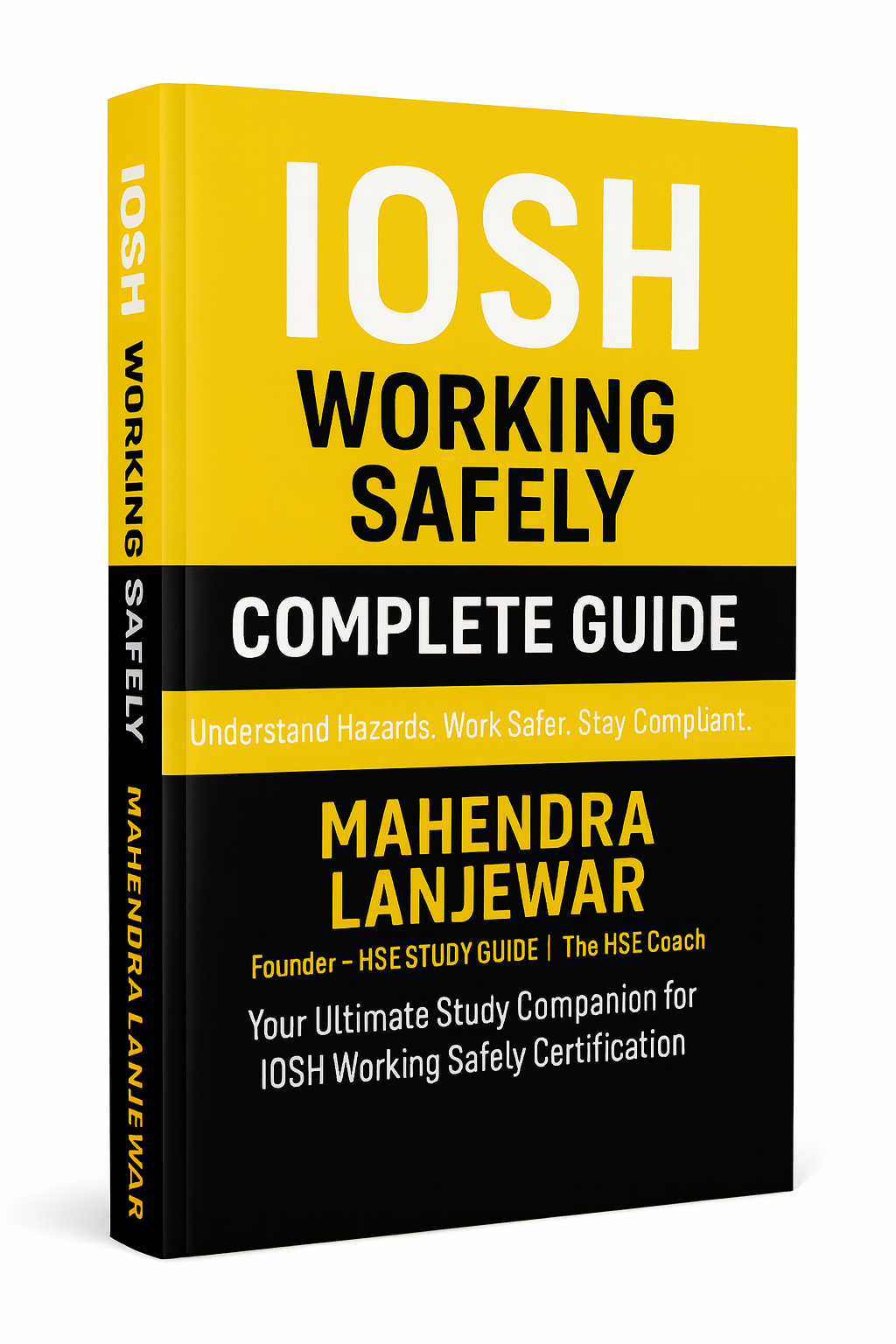
Self Introduction at a Job Interview
Self Introduction at a Job Interview : In today’s competitive job market, acing a job interview is crucial to securing your dream job. One of the most critical aspects of a successful interview is the initial self-introduction. Your introduction sets the tone for the entire interview and provides the interviewer with their first impression of you. In this article, we will explore the art of a compelling self-introduction at a job interview, providing you with tips, tricks, and a concrete example to help you stand out from the competition.
Introduction
Job interviews can be nerve-wracking experiences, but a well-crafted self-introduction can help you ease into the conversation. In this article, we’ll guide you through the process of creating a compelling self-introduction that leaves a lasting impression on your potential employer.
The Importance of a Strong Self-Introduction
Your self-introduction is your first opportunity to make a positive impression on the interviewer. It sets the stage for the rest of the interview and can influence the hiring manager’s perception of you. A strong self-introduction showcases your communication skills, professionalism, and enthusiasm for the position.
Preparing for Your Self-Introduction
Before the interview, research the company, understand the job description, and identify key qualities they are looking for in a candidate. Tailor your self-introduction to align with the company’s values and the job requirements.
Crafting an Engaging Self-Introduction
A compelling self-introduction is concise, engaging, and relevant. It should provide a snapshot of your qualifications and enthusiasm for the role. Avoid generic statements and focus on what sets you apart from other candidates.
The Structure of a Winning Self-Introduction
A winning self-introduction typically follows this structure:
- Greeting
- Brief introduction
- Professional background
- Relevant skills and accomplishments
- Passion for the role and company
- Transition to the interview
Example Self-Introduction
“Hello, my name is [Your Name], and I’m excited to be here today. I have a background in [Your Relevant Experience], where I [Highlight a Relevant Achievement]. I’m particularly drawn to [Company Name] because of its commitment to [Company’s Values]. I’m confident that my skills in [Key Skills] make me a strong fit for this position, and I’m eager to contribute to [Company’s Goals]. Thank you for considering me.”
Dos and Don’ts
- Do: Be confident, concise, and enthusiastic.
- Don’t: Ramble or provide too much personal information.
Practice Makes Perfect
Practice your self-introduction until it flows naturally. Enlist a friend or family member to help you rehearse and provide feedback.
Common Mistakes to Avoid
Avoid common mistakes such as speaking too fast, using filler words, or being overly rehearsed. Aim for a natural and authentic delivery.
The Power of Confidence
Confidence is key. Maintain eye contact, smile, and speak clearly. Believe in your qualifications and the value you bring to the company.
Non-Verbal Communication
Remember that your body language also plays a role in your self-introduction. Stand or sit up straight, maintain good posture, and use gestures that emphasize your points.
Handling Nervousness
Nervousness is normal, but you can manage it through deep breathing and positive self-talk. Remember, the interviewer is interested in what you bring to the table.
Conclusion
A well-executed self-introduction can significantly impact your job interview’s outcome. By following these tips and crafting a compelling self-introduction, you’ll increase your chances of leaving a positive impression on potential employers.
How to Write an Effective Cover Letter for a Job Application
How to Send CV by Email for Job
Safety Officer Jobs Vacancy in Kuwait: Free Recruitment
Fire Watch and Safety Watch Jobs in Qatar: Free Requirement
FAQs
1. What should I avoid mentioning in my self-introduction?
Avoid discussing personal matters, controversial topics, or irrelevant personal details. Stick to professional information and enthusiasm for the role.
2. How long should my self-introduction be?
Ideally, your self-introduction should be around 30-60 seconds, providing a concise overview of your qualifications and interest in the position.
3. Is it essential to memorize my self-introduction?
While memorization can help, aim for a natural delivery. Practice until you are comfortable and can convey your points effortlessly.
4. Can I use humor in my self-introduction?
Humor can be risky, as it may not align with the company culture or the interviewer’s preferences. It’s safer to focus on professionalism and enthusiasm.
5. What should I do if I make a mistake during my self-introduction?
Don’t panic. Acknowledge the mistake, correct it, and continue with confidence. Interviewers understand that nervousness is common.
In conclusion, a well-crafted self-introduction is your ticket to making a memorable first impression in a job interview. With preparation, practice, and confidence, you can confidently introduce yourself and set the stage for a successful interview. Good luck!





















